



contents

introduction
Papercraft is an exciting and absorbing pastime that offers a simple and effective way to express your creativity, without having to learn complicated skills or buy lots of expensive tools. You may not believe that you are very artistic, but the range of possible papercrafts is so wide that there is bound to be one that will appeal. You dont need extensive crafting experience or expertise to begin a willingness to try out simple techniques and a little confidence is all that is really required.
Paper is a really great material to use; it is readily available, inexpensive and very adaptable but also quite satisfying to work with. It comes in so many types, weights, colours and textures that its unlikely that any two projects will look the same, even if they use the same techniques. And the range of stickers, punches, stamps and accessories that can be used is so wide that it is always possible to find something new. Some of the techniques in this book only need simple measuring and cutting skills, others require adhesive, colouring or the addition of other items. If you make a mistake you can often easily change it or cover it up, although many accidents can turn out to be great design ideas!
This book covers a full selection of different papercrafts, from cardmaking to origami, decoupage to quilling. At the beginning you will find a chapter on general tools for working with paper and basic techniques, followed by a chapter of decoration ideas that will be used again and again in many of the following pages. The chapter on Cardmaking covers all types of cards, from simple designs based on colouring or sticking down motifs to more complex pop-up cards and includes useful sections on batch cards and invitations. The following chapter is related it covers envelopes, gift boxes, giftwrap and tags.
After this we move on to the popular craft of scrapbooking, with a collection of tried-and-tested techniques to record your precious memories as well as decoration ideas for covers and how to make your own scrapbook pages. This chapter also includes techniques for mounting and using photographs, and other artworks, in both standard and some more unusual ways.
Papercutting is a traditional folk art that appears across history and in many cultures; this chapter covers several different types of papercutting from around the world. It is followed by a short chapter on origami techniques with some simple models to put them into practice. The final chapter features several types of papercraft: papier mch, paper flowers, tissue paper and wire, decoupage, quilling and making three-dimensional items in paper. It also includes paper making techniques, so you can make your own hand-made paper.
The best thing you can do is just dive in and enjoy yourself what could be more fun than to spend the afternoon surrounded by colourful paper and accessories as you bring your creations to life? And if you are making something as a gift, I am sure the time and effort you have spent in making something unique and personal will be appreciated.
Good luck!

getting started
This first chapter covers general tools, materials and basic techniques that are used in most types of papercraft you will also find a few specialized tools and techniques at the start of a few other chapters. There are so many materials available for papercrafts that it would be impossible to cover all the different types here, but you will find the basic materials used all the time, plus handy tips and tried and tested short cuts that will save you time and effort.
measuring, folding and cutting tools
Many of these tools you may already have, but if you do need to purchase them they are widely available in craft stores. You dont need to invest in everything right at the start make a few projects with what you have already and only buy more equipment as you find you need it.

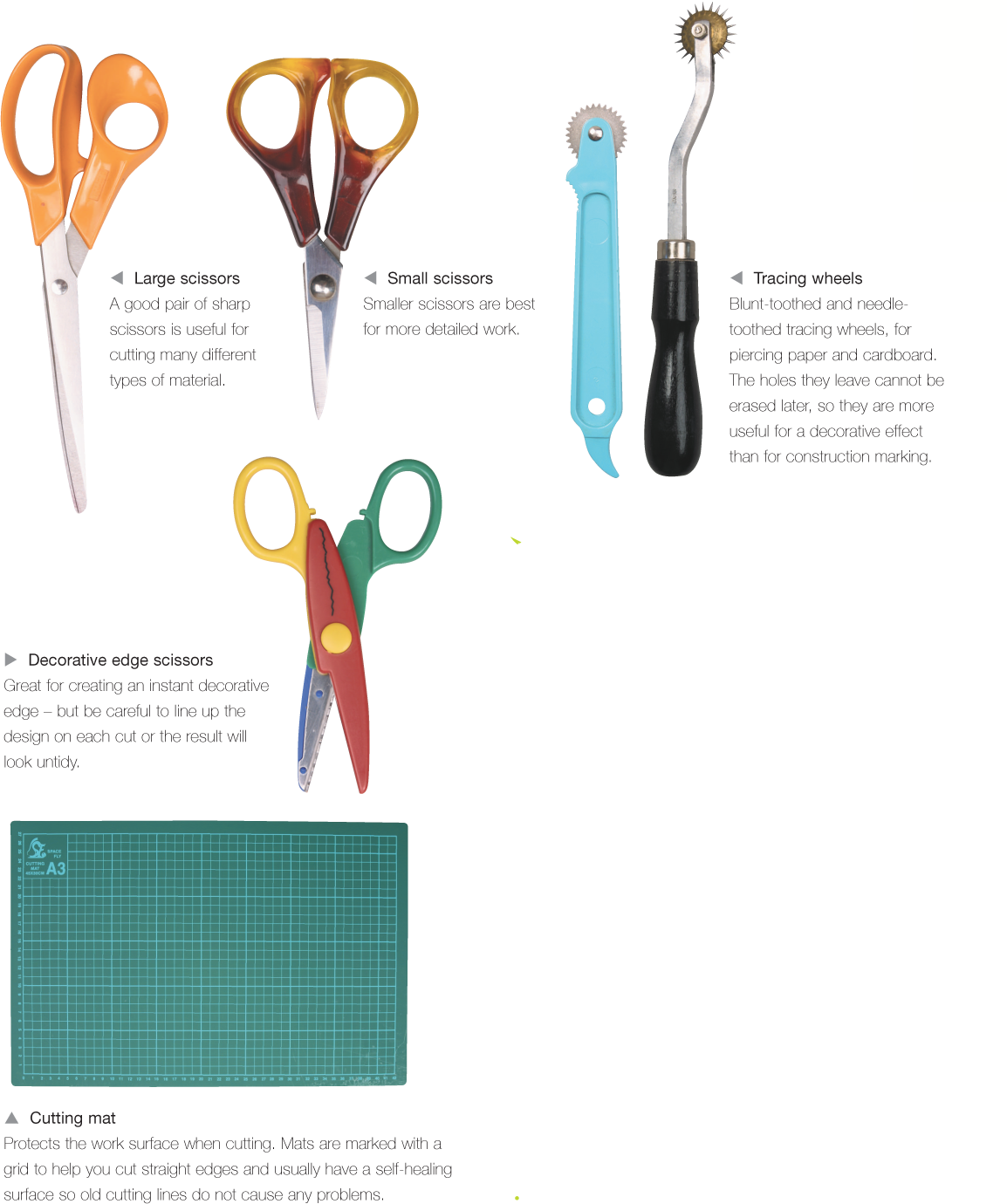
 Setting out
Setting out
An adjustable set square is much more expensive, but is worth the investment if you will often be drawing lines at many different angles.
The leads for propelling or mechanical pencils not only come in different grades like ordinary pencils but also in different thicknesses. The most common are 0.3mm for very fine work, 0.5mm for ordinary marking, and 0.7mm for heavy lines. Each pencil is marked with the thickness of lead it is designed to take dont use the wrong size because either the lead will not drop into place properly, or it will keep breaking.
If you dont have a bone folder, the back edge of a table knife makes an acceptable substitute.
When buying a cutting mat, choose a reasonable size A3 is fine for most papercrafts. The small A4 ones are handy if you want to carry your work with you, but are likely to prove too small for many projects. A very big cutting mat is great as long as you have the space to leave it out, or a suitable place to store it.
stamps and punches
Stamps print a motif of some sort and are generally used with inkpads, which are available in various types and many colours. You can also stamp paint or embossing ink (see ).
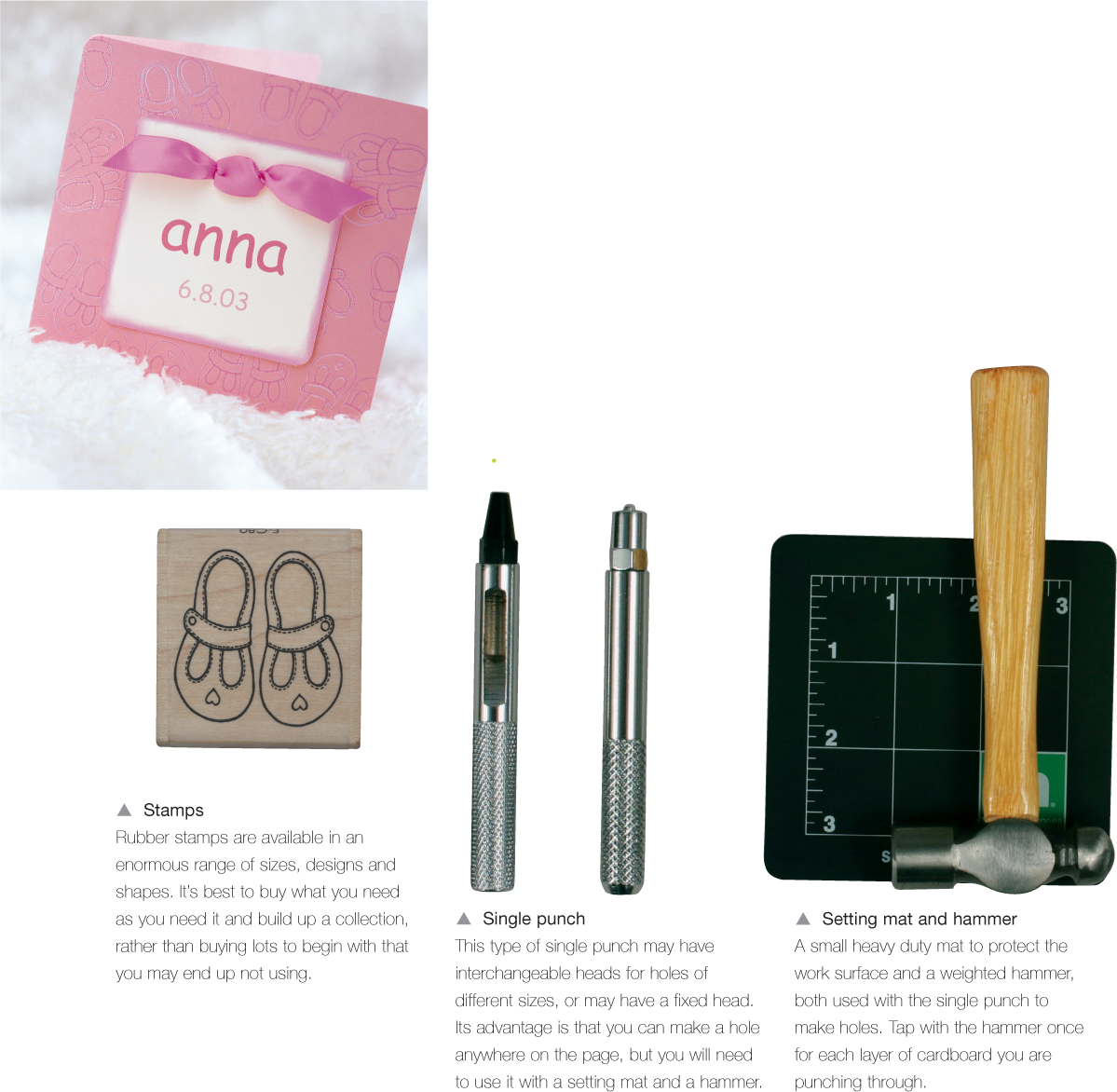
 Good working practice
Good working practice
Always protect your work surface properly when using the punching or piercing tools it is very easy to cause damage without realizing.
A single punch is quite likely to leave deep indentations in the mat itself, so it is better to use it with the special setting mat or a spare old mat and reserve your main cutting mat just for precision work.
Always keep the fingers holding the item being punched well out of the way.
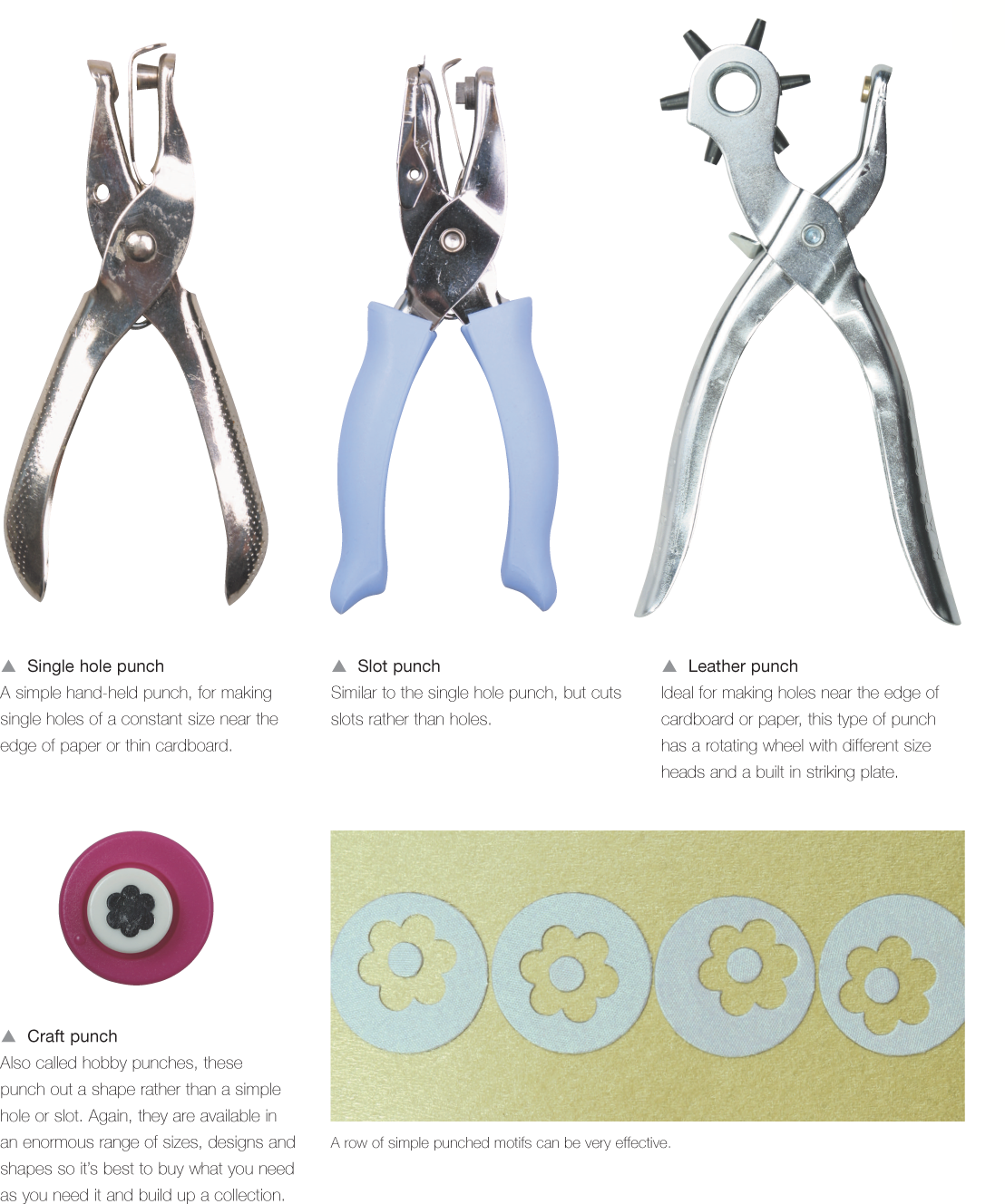
decorating tools
The items in this section are used to add colour or additional decoration to papercraft projects. Only a few of the basics are shown here if you check out a craft or hobby store you will find a very wide range of options to choose from.
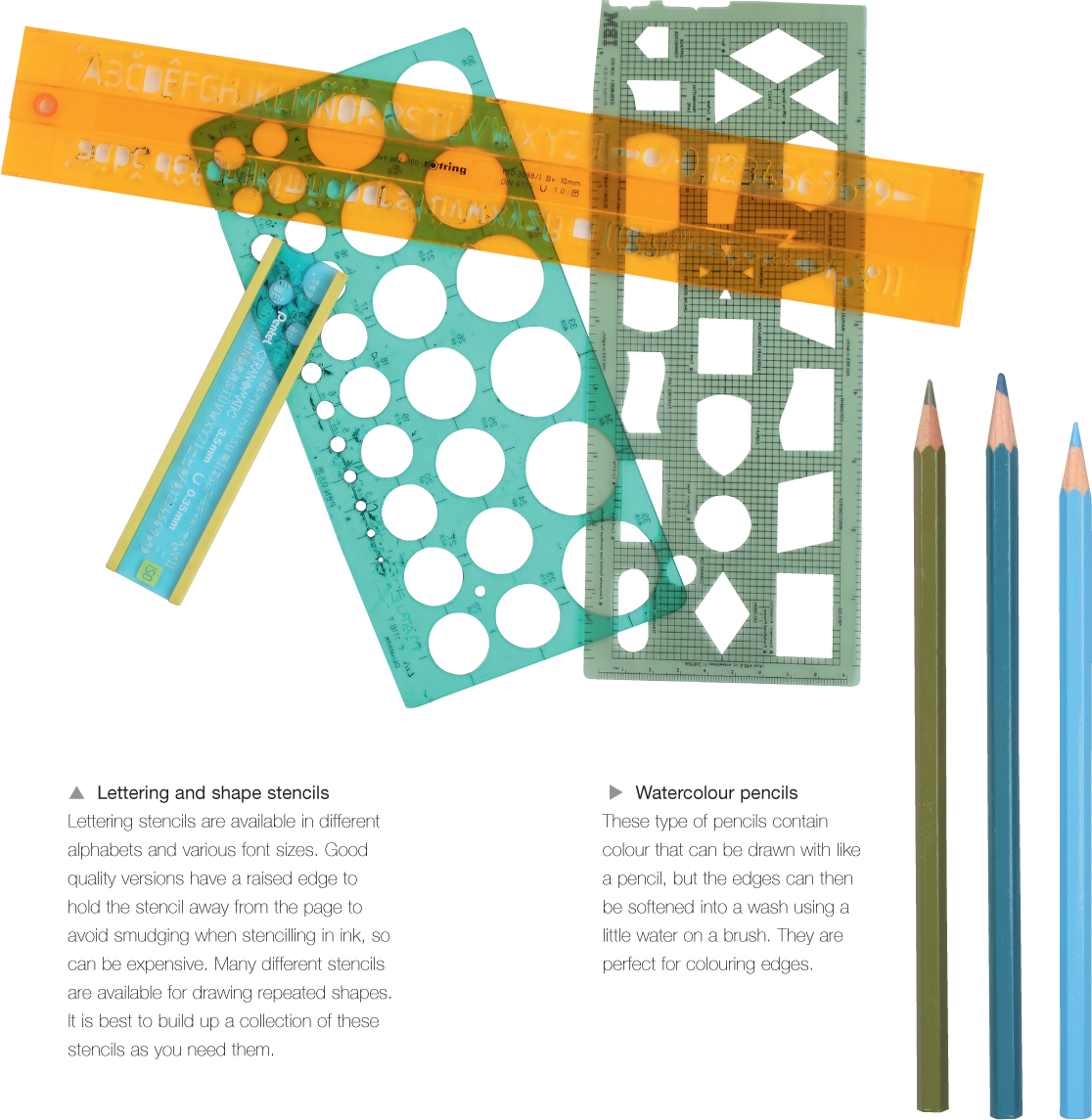

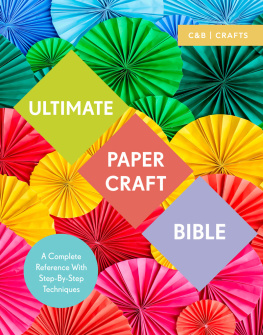


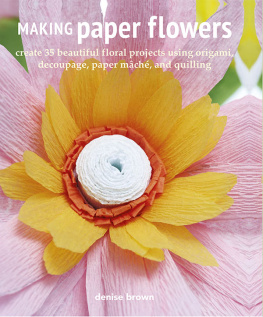
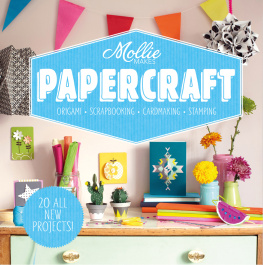
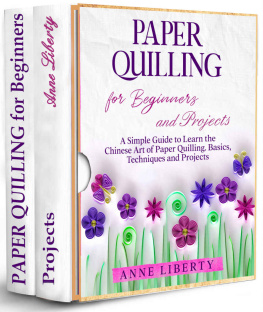
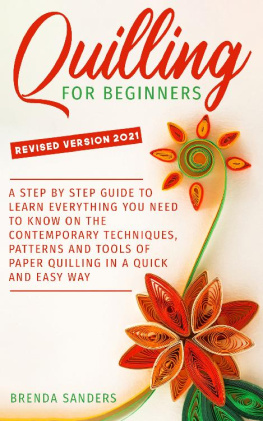

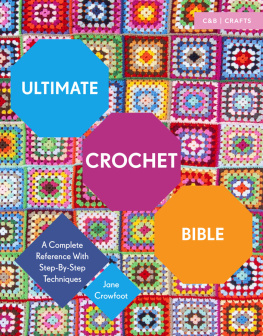

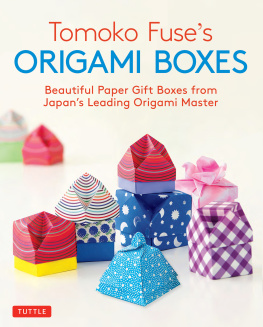
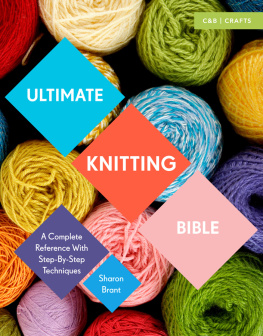
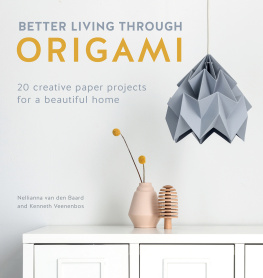
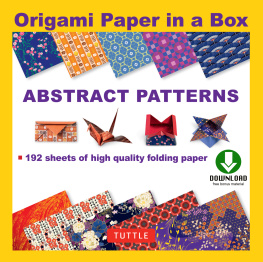
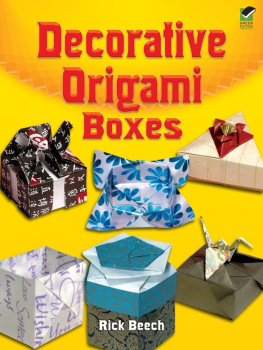








 Setting out
Setting out

